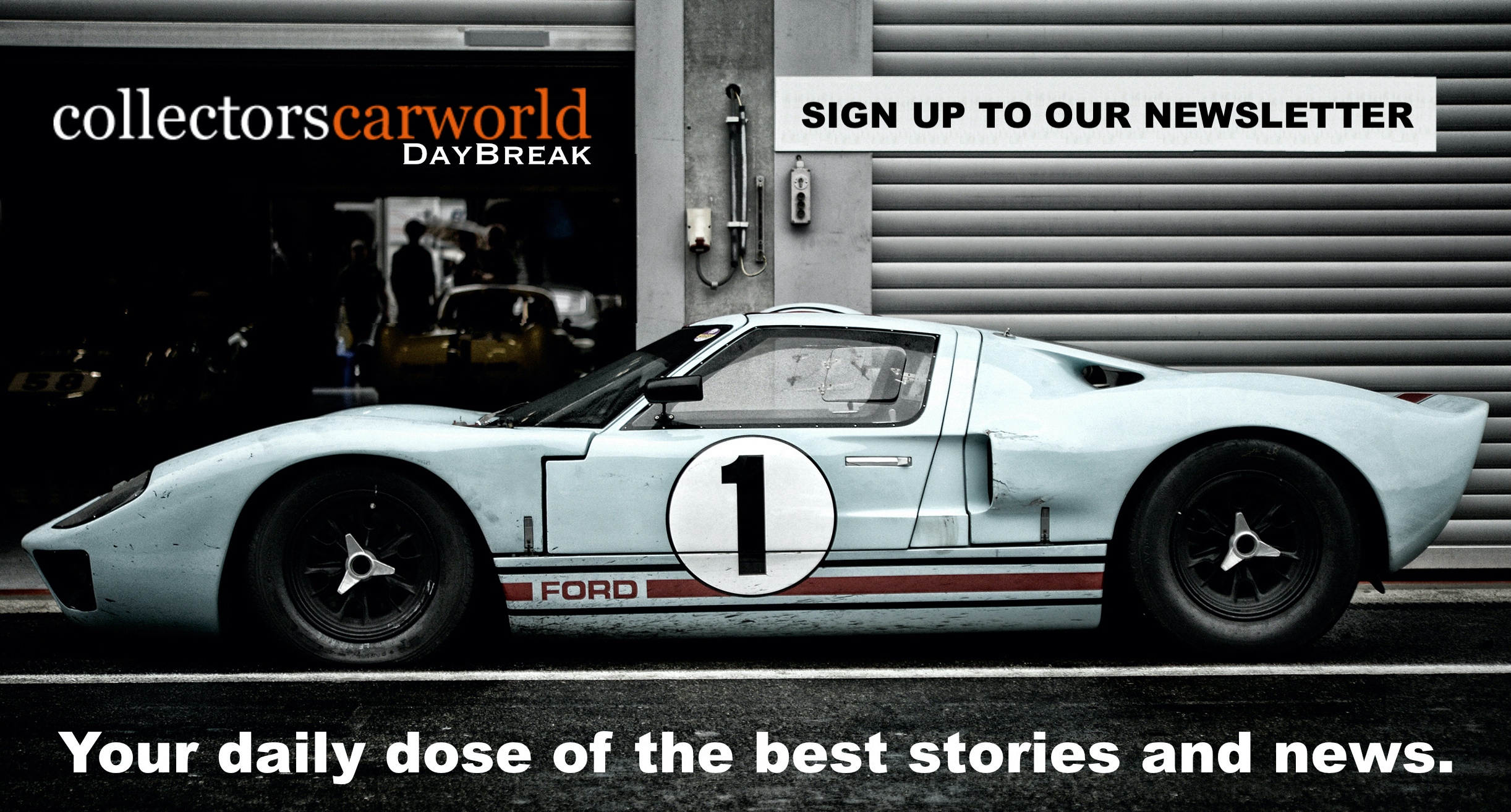When it arrived in 1908, it didn’t look like anything else on the road, mostly because there wasn’t much on the road at all. The noise, the smell of fuel, the speed of a machine moving under its own power stopped people in their tracks. Horses spooked, shopkeepers leaned out of doorways, kids ran alongside in the dirt.
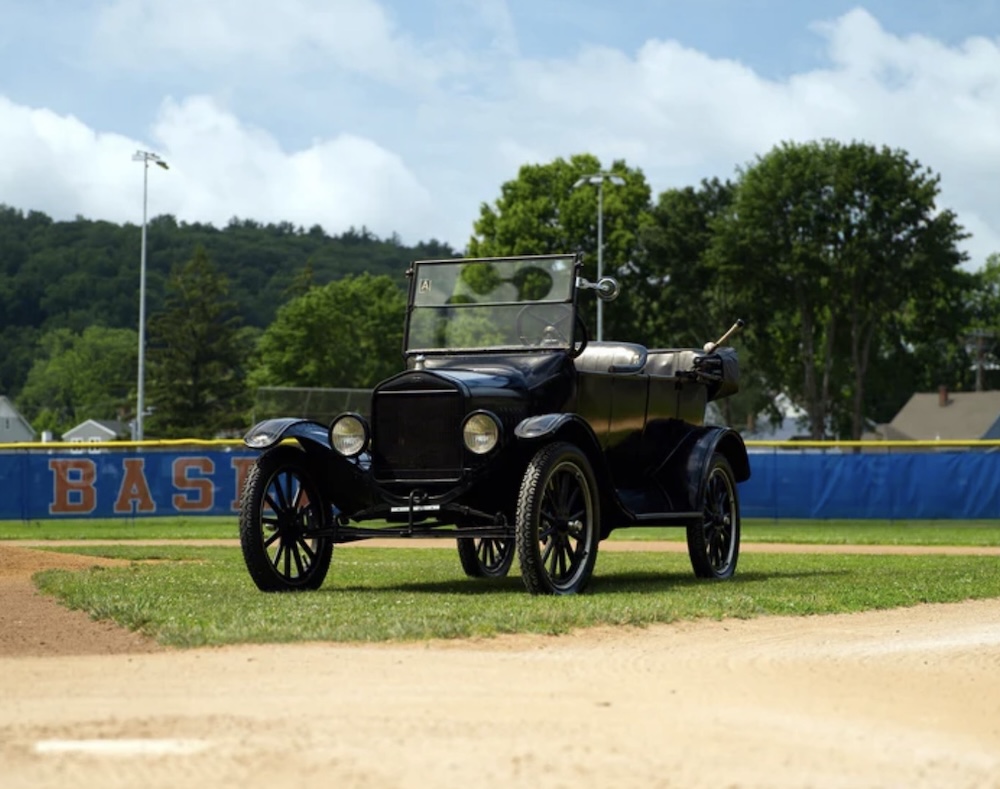
In the strict modern sense, no one would call it a supercar. It was slow, crude, and stubborn. But in its time, it was the most outrageous machine on earth. It was the original supercar because it was the only car, the one that ripped the future loose from the past.
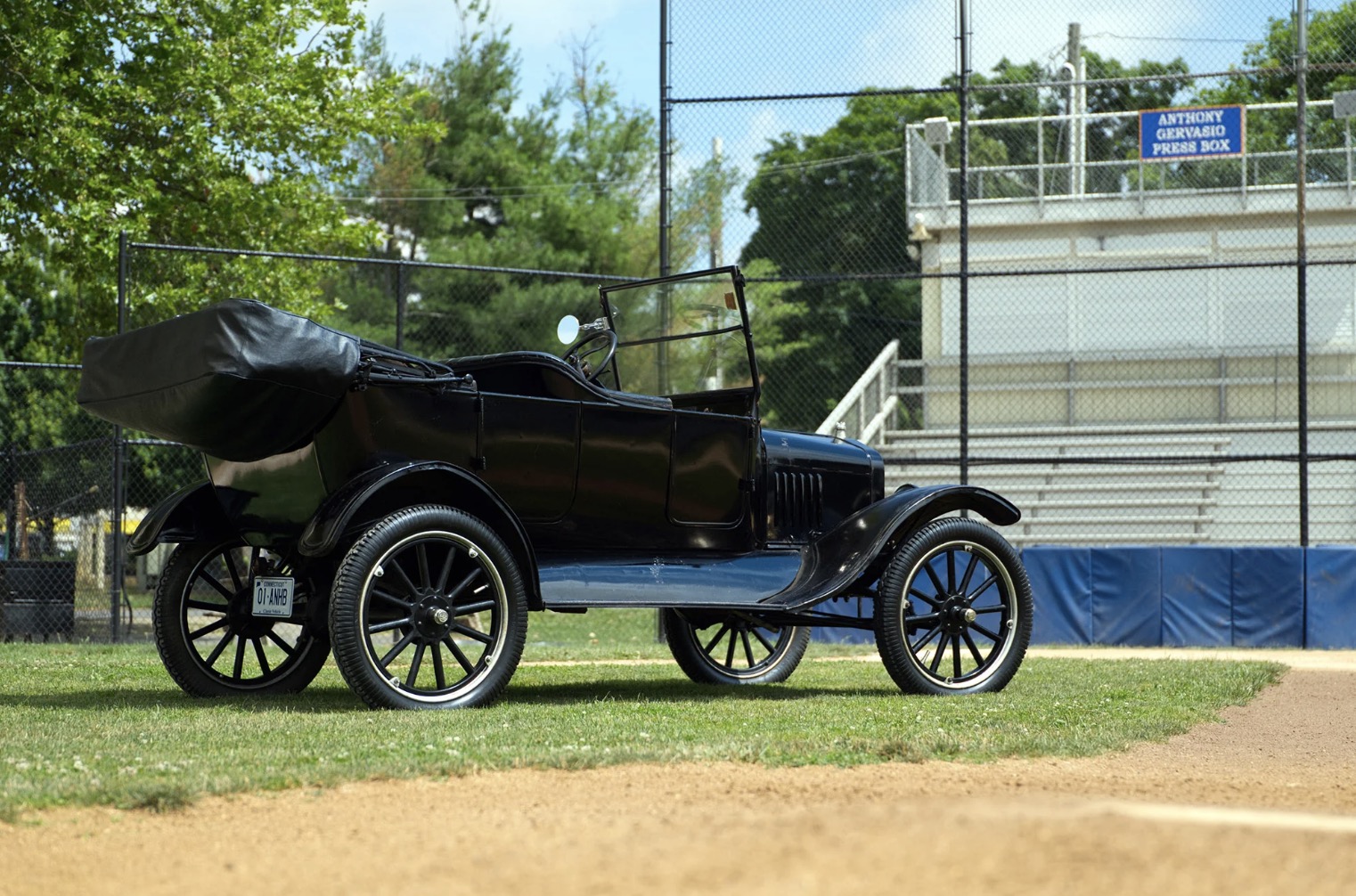
In a matter of years, it went from sideshow to staple. A machine simple enough to fix with farm tools, cheap enough for a working family to afford, durable enough to do the work of man and beast. By 1923, nearly two million poured off Ford’s assembly lines in a single year. The Model T ran until 1927, nearly two decades as the single most important car in the world. Then the Model A came along, but by then the T had already reshaped life on earth. Forever.
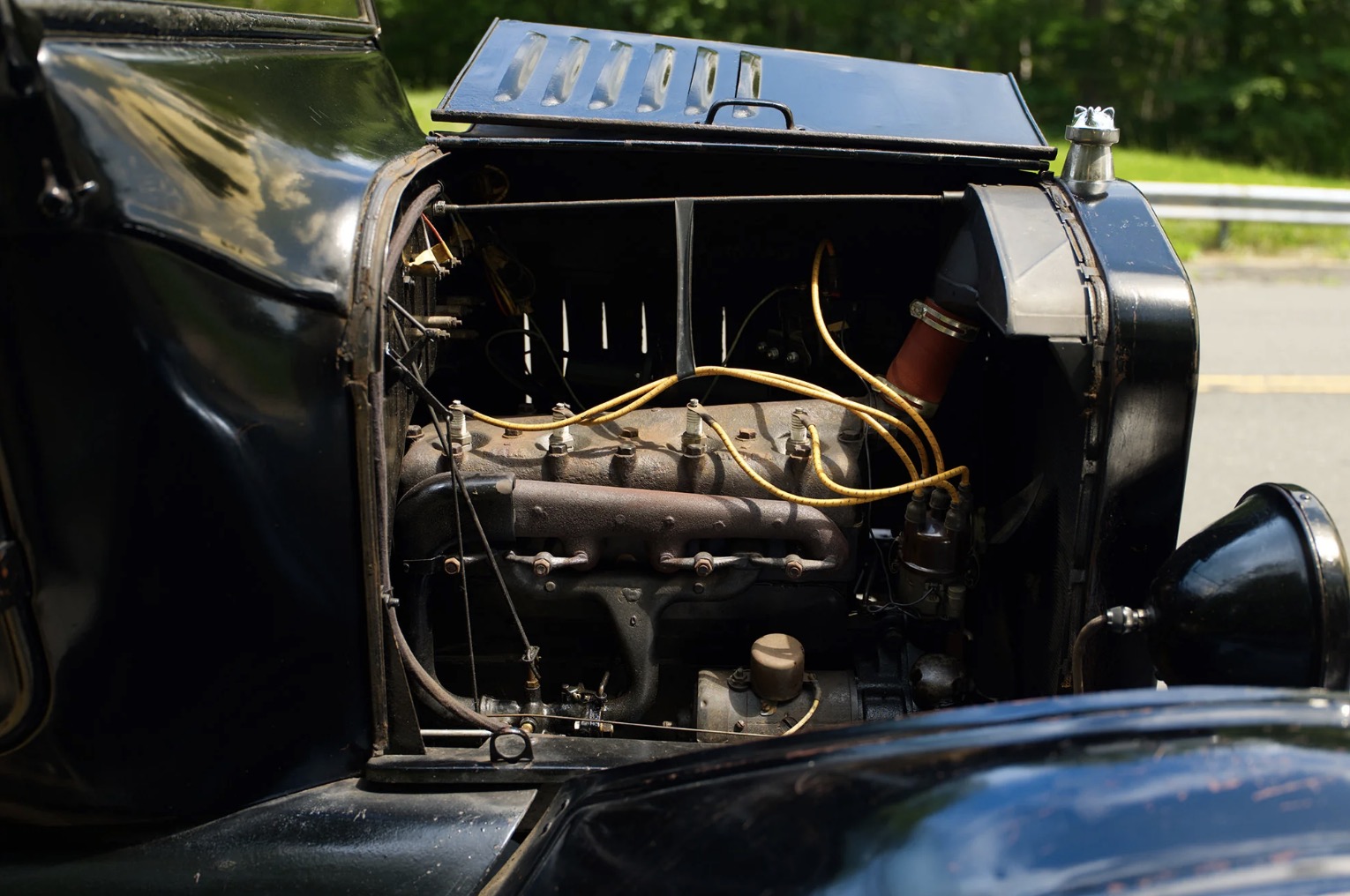
That weight is why Larry Kosilla keeps one in his garage. A man who could drive almost anything chooses the most difficult car to operate, the one that still smells of oil and iron and history. “There’s no Lamborghini, there’s no R8, there’s none of that that compares to this driving on the road,” he says. For him, the Model T isn’t nostalgia, it’s connection. It’s a reminder of where every modern machine began.
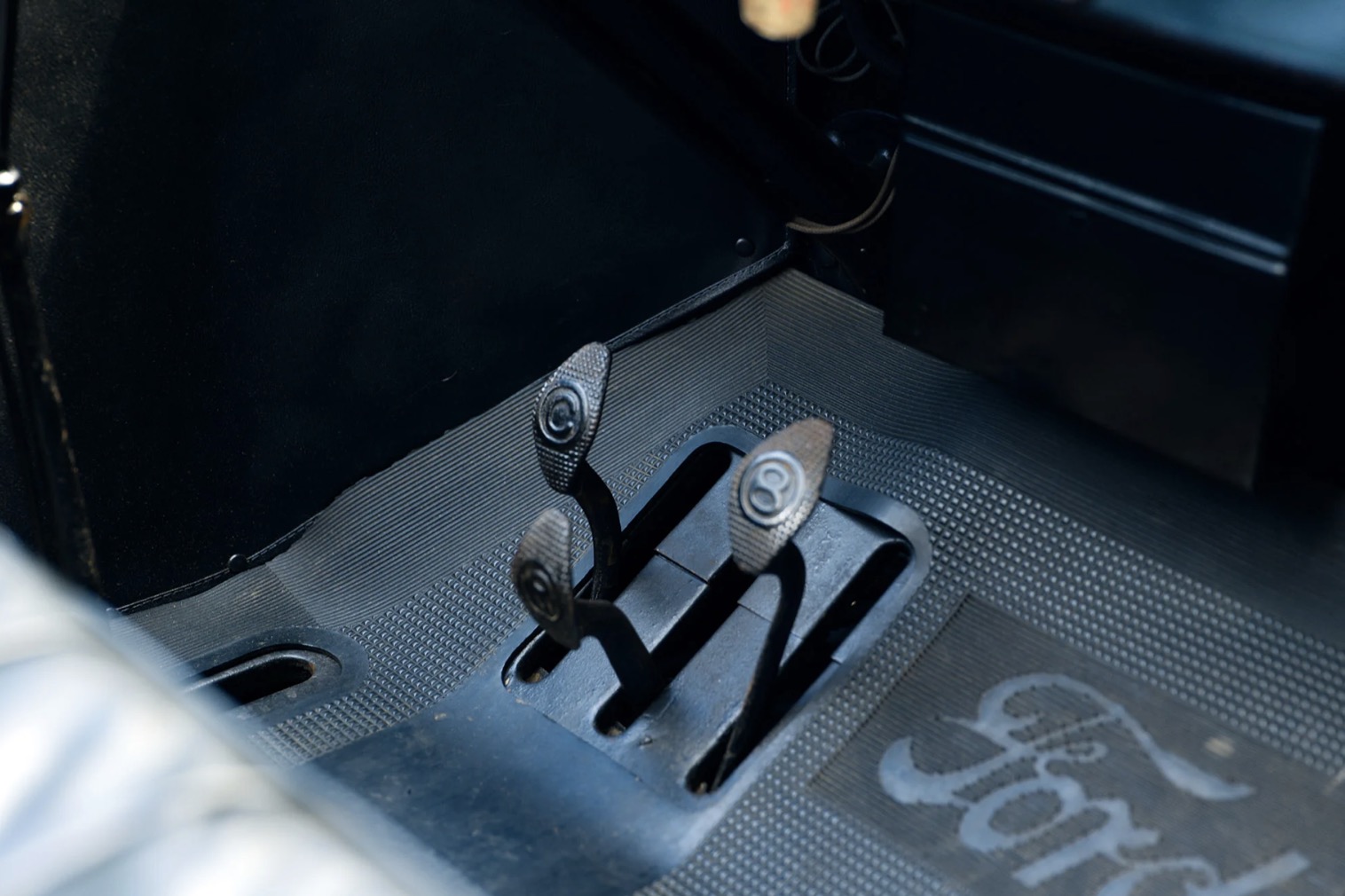
Driving it takes ritual. “I mentally have to stretch before I get in here. Remember the brake. Reverse is here. Clutch. Got it. Locked in.” The original key is so worn it feels like an artifact. “Every time I put that key in, I’m always thinking, how many people turned this key?” The paint was rolled on by hand a lifetime ago, now cracked and flaking. Even the door has to be coaxed open with a shove. “It makes a certain squeak when it gives,” he says, “and then you’re in, sitting on leaf springs that feel like a Cadillac bed.”
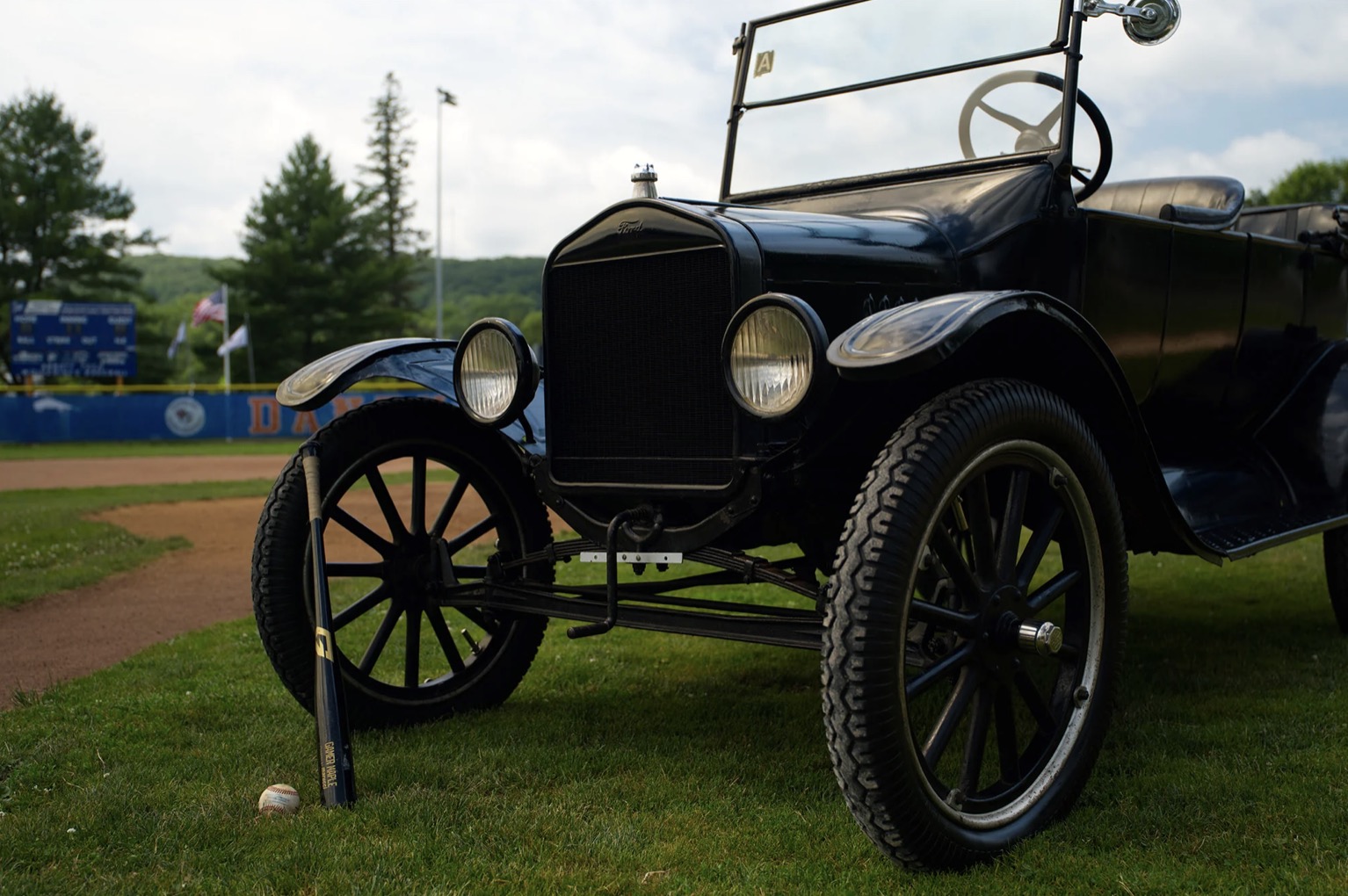
The stats sound laughable now: a 2.9-liter four with twenty horsepower, top speed around forty. But to Kosilla, it’s still alive. “It’ll cook. I’m out there doing 38, 40, and people love it. Old guys nod. Women beep the horn. Sometimes I wear a goofy hat, an old bowler hat.”
He nearly missed it altogether. The car had belonged to a man who’d passed away, and the family planned to send it to a scrapyard. “They were going to flatten everything. I called a bunch of people and said, that’s original, so don’t crush it because I have to come back.” A few days later, it was still there, untouched. He hauled it home, enlisted an older mechanic, and together they coaxed it back to life. The moment was as crude as it was magical: the old hand pulled the plug on the carburetor, let it drain out, and said, “That’s actually pretty good. All right, let’s do it.” Ten minutes later they had it running.
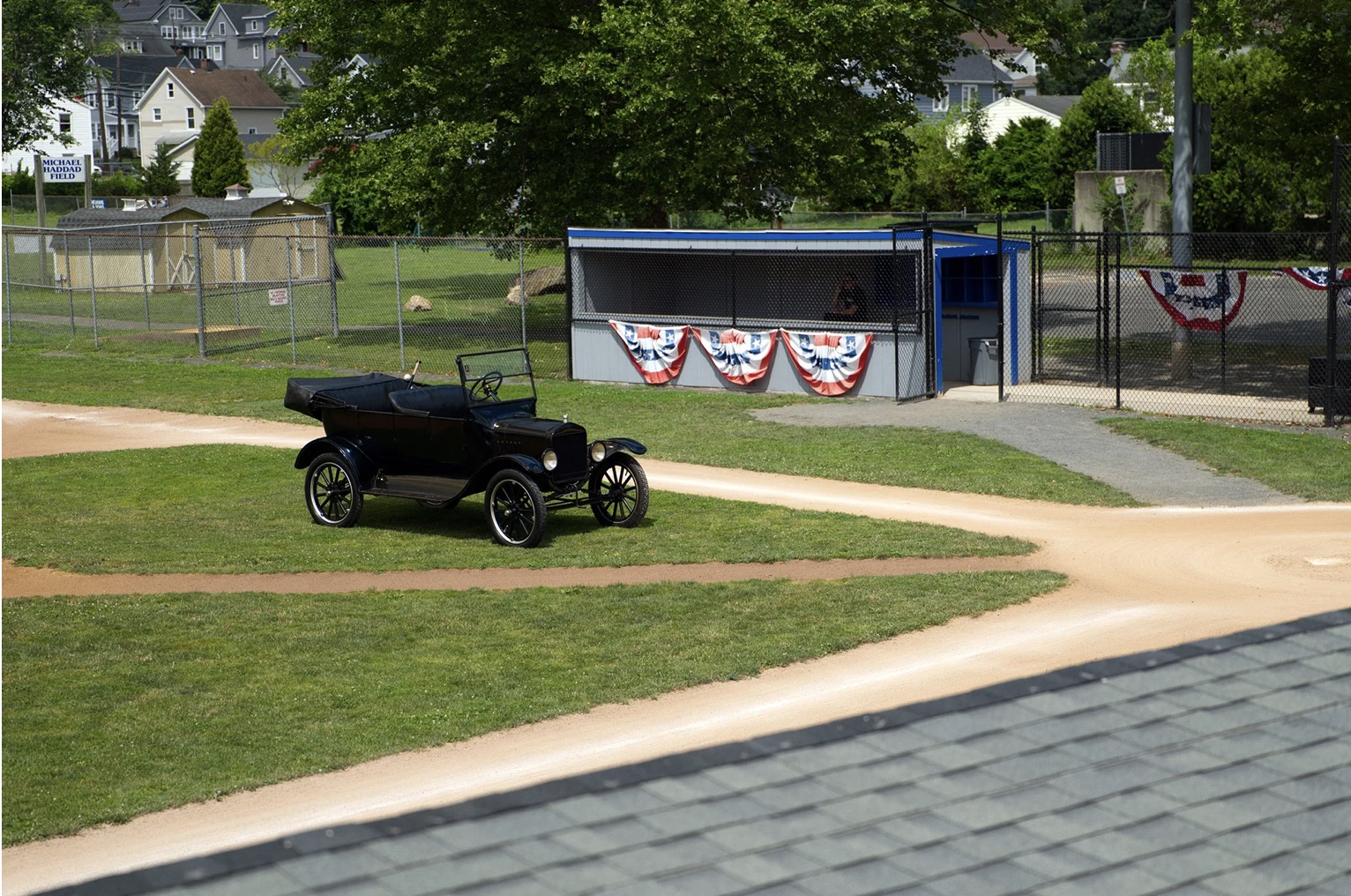
He admits it was terrifying at first, because nothing about the Model T is intuitive. There’s no gas pedal. Throttle and spark are hand-controlled, timed by ear and feel. Brakes are little more than transmission drag. “The joke is I can leave this and leave the keys in. No one’s ever going to steal it because you’re not gonna know how to drive it. You’re controlling the throttle, you’re also controlling how much spark. You have to do both at once, without a gas pedal.” Which for Larry is exactly the point. The effort is the connection.
The T has become his family hauler, parade car, and neighborhood icebreaker. Flags wave from it, baseball bats poke out the back, nieces and nephews pile in. Strangers beam and cheer. Kosilla shrugs. “It’s just history. Everybody appreciates that. And they don’t try to rush me when I’m driving a Model T. If you’ve honked at a Model T, you’re a total jerk. This is the coolest thing ever.”

It’s easy to dismiss it as a novelty, or just a relic. But every time Kosilla turns that key, he feels the weight of what it meant. It was freedom, work, survival. It carried people out of the horse-drawn past and into the modern age. A century later, it still demands respect. “This is where it all started,” he says. “That’s why she’s not going anywhere anytime soon.”
Report by Kris Clewell for petrolicious.com












